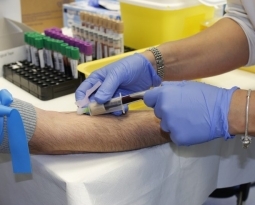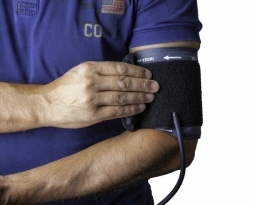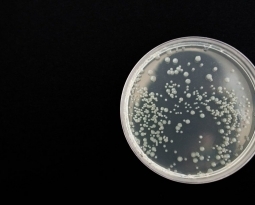New Mexico Patent of the Month – December 2022
Destructive testing is carried out until a part fails and provides valuable information about limits and behavior under load. Unfortunately, this inherently requires wasting parts. When dealing with especially expensive parts, this is a hard fact to swallow. Vibrant Corp. is focused on developing non-destructive testing protocols that acquire the same, and even more, information as destructive testing without any of the part waste.
Recently, the company has been granted a patent for their digital twin model inversion which supports this non-destructive testing. The model inversion creates a digital twin instance (DTI) that represents the physical instance of a given part. By using a digital model, the system experiences advantages in waste reduction and easier test repetition. The model considers real-world physics and effects on the part including discrepancies and deviations between parts. In the real world, a part may have slight differences due to manufacturing tolerances and material characteristics. Including these details in the model is essential to assessing real-world performance.
The DTI is then used in extensive testing and digital resonance inspections. This part evaluation is repeated through simulated use of the part. With this simulated testing, the lifespan and durability limits of the part can be evaluated. Maintenance schedules can be tested to extend the lifespan. Because a DTI can be easily created for each individual manufactured part, a tailored maintenance schedule can be created which considers the individual part’s specific tolerances and deviations.
Vibrant Corp, which operates in the United States and Germany, provides revolutionary Process Compensated Resonance Testing (PCRT) technology to aid the aerospace, automotive, and power generation markets in their bid to achieve effective nondestructive testing. PCRT is an economical standalone addition to, or replacement for, nondestructive testing that enhances safety and operating economics by detecting process variation and structural defects undetectable by other methods.
Are you developing new technology for an existing application? Did you know your development work could be eligible for the R&D Tax Credit and you can receive up to 14% back on your expenses? Even if your development isn’t successful your work may still qualify for R&D credits (i.e. you don’t need to have a patent to qualify). To find out more, please contact a Swanson Reed R&D Specialist today or check out our free online eligibility test.
Who We Are:
Swanson Reed is one of the U.S.’ largest Specialist R&D tax advisory firms. We manage all facets of the R&D tax credit program, from claim preparation and audit compliance to claim disputes.
Swanson Reed regularly hosts free webinars and provides free IRS CE and CPE credits for CPAs. For more information please visit us at www.swansonreed.com/webinars or contact your usual Swanson Reed representative.

















